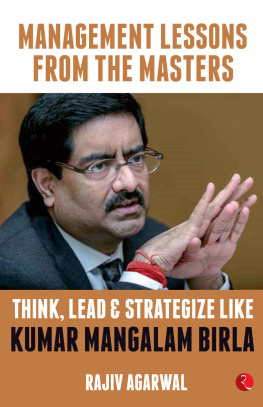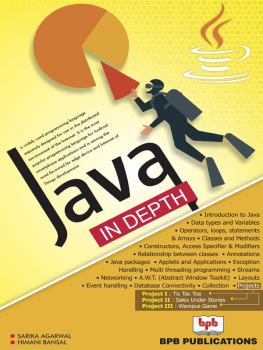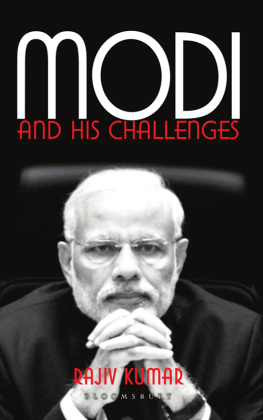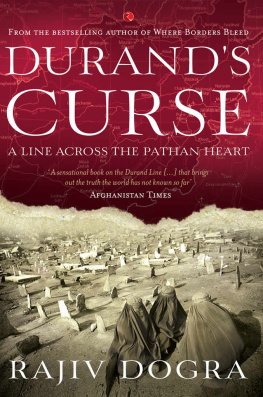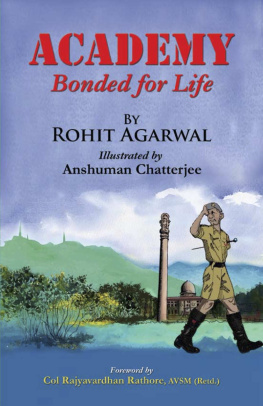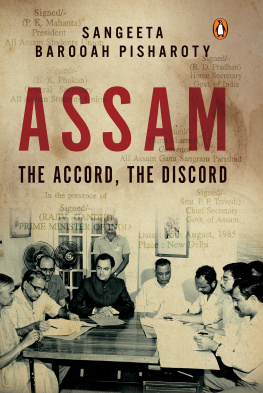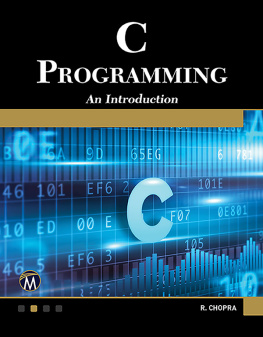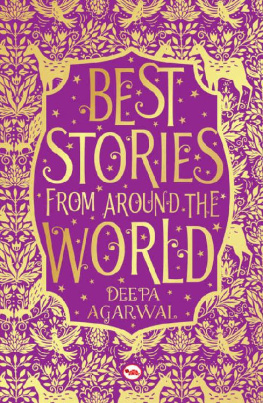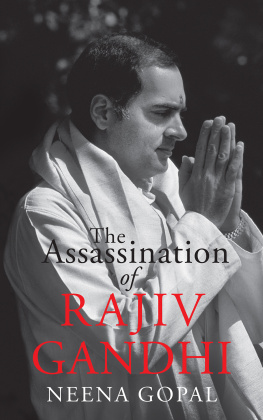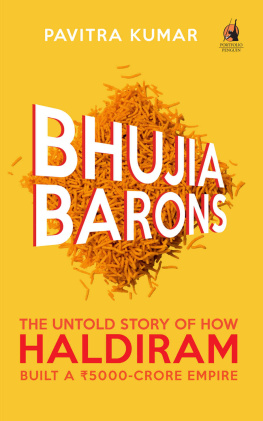Rajiv Agarwal - Think, Lead and Strategize Like Kumar Mangalam Birla
Here you can read online Rajiv Agarwal - Think, Lead and Strategize Like Kumar Mangalam Birla full text of the book (entire story) in english for free. Download pdf and epub, get meaning, cover and reviews about this ebook. year: 2019, publisher: Rupa Publication, genre: Romance novel. Description of the work, (preface) as well as reviews are available. Best literature library LitArk.com created for fans of good reading and offers a wide selection of genres:
Romance novel
Science fiction
Adventure
Detective
Science
History
Home and family
Prose
Art
Politics
Computer
Non-fiction
Religion
Business
Children
Humor
Choose a favorite category and find really read worthwhile books. Enjoy immersion in the world of imagination, feel the emotions of the characters or learn something new for yourself, make an fascinating discovery.
- Book:Think, Lead and Strategize Like Kumar Mangalam Birla
- Author:
- Publisher:Rupa Publication
- Genre:
- Year:2019
- Rating:3 / 5
- Favourites:Add to favourites
- Your mark:
- 60
- 1
- 2
- 3
- 4
- 5
Think, Lead and Strategize Like Kumar Mangalam Birla: summary, description and annotation
We offer to read an annotation, description, summary or preface (depends on what the author of the book "Think, Lead and Strategize Like Kumar Mangalam Birla" wrote himself). If you haven't found the necessary information about the book — write in the comments, we will try to find it.
Think, Lead and Strategize Like Kumar Mangalam Birla — read online for free the complete book (whole text) full work
Below is the text of the book, divided by pages. System saving the place of the last page read, allows you to conveniently read the book "Think, Lead and Strategize Like Kumar Mangalam Birla" online for free, without having to search again every time where you left off. Put a bookmark, and you can go to the page where you finished reading at any time.
Font size:
Interval:
Bookmark:
THINK, LEAD & STRATEGIZE LIKE
KUMAR MANGALAM BIRLA
Rajiv Agarwal is a family business consultant with more than twenty years of experience. Considered a leading expert on family business in India, he has advised more than 1,500 families on succession, strategy and continuity. Currently a professor of Family Business, Strategy and Entrepreneurship at SP Jain Institute of Management & Research (SPJIMR), Mumbai, which is also his alma mater, Agarwal is an alumnus of BITS Pilani and Harvard Business School. He has been the visiting professor at IIM Kozhikode and IIM Indore, and expert advisor on the Board of Academics, Department of Management, Nirma University, Ahmedabad.

Published by
Rupa Publications India Pvt. Ltd. 2019
7/16, Ansari Road, Daryaganj
New Delhi 110002
Copyright Rajiv Agarwal 2019
The views and opinions expressed in this book are the authors own and the facts are as reported by him which have been verified to the extent possible, and the publishers are not in any way liable for the same.
All rights reserved.
No part of this publication may be reproduced, transmitted, or stored in a retrieval system, in any form or by any means, electronic, mechanical, photocopying, recording or otherwise, without the prior permission of the publisher.
ISBN: 978-93-5333-439-0
First impression 2019
10 9 8 7 6 5 4 3 2 1
This book is sold subject to the condition that it shall not, by way of trade or otherwise, be lent, resold, hired out, or otherwise circulated, without the publishers prior consent, in any form of binding or cover other than that in which it is published.

Contents

Preface
When Rupa Publications approached me to write a book on management lessons from great Indian industrialists, I jumped at the opportunity. After all, very few get the opportunity to propagate management lessons beyond the hallowed classrooms of business schools so they can reach non-MBA managers.
I think there is a huge void here. There are a few industrialists who have preferred to stay away from the limelight. Their accomplishments and learnings are not in the public domain. They could serve as fine examples for next-generation managers. On the other hand, there are scores of prospective managers who could learn from these industrialists and use their actions as inspiration.
The idea was not to give a critique, nor comment on their actions, as one can do easily sitting at a table and commenting (academics may have got this dubious distinction). Nor did I intend to write a glorious tome extolling anyones virtues. But the intent was somewhere in betweento present a balanced view of the person and the company, all from published sources, to help anyone desiring to know more about the former. I tried to get personal interviews with some of them, but they preferred to focus on their work instead. I did have access to corporate communication resources, and I have made a disclosure in the Acknowledgements at the end of the book, in all such cases.
I would like to clarify that though they have been most generous in providing the information, in the form of articles already publicly published, at no point was there any request made fornor would I have agreed toany editorial control.
The lessons I have taken the liberty of commenting on, so that readers can enhance their learnings from the actions taken, in case certain implications are not clear. The lessons are my interpretation and hence based on my opinions. To such an extent, I am solely responsible for the content. Though every effort has been made to ensure the accuracy of the content of this book, the fact remains that this book is solely based on published secondary sources and hence would suffer from the drawbacks of reported media. To this extent, readers would be requested to exercise their judgement. Though I have tried to state facts as accurately as possible, I apologize if I have inadvertently made any errors.
THE ADITYA VIKRAM BIRLA (AVB) GROUP
The origins of the Aditya Birla Group date back to 1857, when Shiv Narayan Birla, a young boy from a Marwari family in Pilani, Rajasthan, ventured into cotton trading. Today, the Aditya Birla Group has more than seventy manufacturing units, with its operations and subsidiaries spanning twenty-six countries across the globe.
The Indian conglomerate is involved in a gamut of industries, perhaps the most public-facing of which is premier clothing. The Aditya Birla Group owns many of the most coveted clothing brands, especially in shirting: Van Heusen, Peter England, Louis Philippe and Allen Solly.
Besides fabrics, the massive business empire enjoys an imposing presence in industrial gases, aluminium, copper, iron, cement, palm oil, carbon black, chemicals, fertilizers and insulators. The group includes companies like Hindalco, one of the worlds leading producers of aluminium and copper, and Aditya Birla Nuvo Ltd, a diversified industrial giant.
However, the group doesnt content itself merely with presence; over time, the Aditya Birla Group has emerged as the worlds largest producer of viscose staple fibre (VSF), rolled aluminium and palm oil (among single-location producers). It is also the worlds fourth-largest producer of carbon black, the third-largest producer of insulators and the eighth-largest manufacturer of cement. In 2007, Hindalco, one of the subsidiaries of the group, acquired the Canadian company Novelis to become Asias largest integrated aluminium producer. In India, the Aditya Birla Group is among the top five asset-management companies and the top three telecom players. In July 2018, the group announced that Hindalco would acquire Aleris, an Ohio-based aluminium rolled products producer, for  2.6 billion, thereby becoming one of the largest players in the auto space and also entering the high-margin aerospace segment.
2.6 billion, thereby becoming one of the largest players in the auto space and also entering the high-margin aerospace segment.
There is no denying that the Aditya Birla Group is one of the most successful business empires in India and enjoys an unparalleled cross-industry reign. However, the man behind the empireKumar Mangalam Birlamaintains a low profile. He rarely communicates with the media; his is a powerful empire built with strategic silence. One of Indias top industrialists, there are many lessons that can be learnt from him and his journey. These lessons will prove useful to anyone running a business and wanting success.
In this book, I have attempted to study the Aditya Birla Group in depth, examining the leadership of Kumar Mangalamthe son of Aditya Vikram Birla, the grandson of Basant Kumar (B.K.) Birla and the great-grandson of Ghanshyam Das (G.D.) Birla. Through my study of this low-profile, media-shy industrialist, I have endeavoured to draw management lessons that can hold other businesspeople in good stead. The reasons for Kumar Mangalams continued success, as we will find, has less to do with destiny and coincidence than with meticulous planning and organization, well-rounded strategy and managerial excellence.
GROWING UP IN THE BIRLA HOUSEHOLD
Kumar Mangalam was born in Kolkata (then Calcutta) on 14 June 1967 to Aditya Vikram and Rajashree Birla. He has a younger sister, Vasavadatta.
The Birla household was a quintessentially Marwari one, where children were raised to practise moderation and observe discipline in all aspects of life. Conventional Indian values formed the foundation of the Birla family, as is evident from a letter that G.D. Birla once wrote to his grandson Aditya Birla, at a time when the latter was a student at the Massachusetts Institute of Technology (MIT):
Next pageFont size:
Interval:
Bookmark:
Similar books «Think, Lead and Strategize Like Kumar Mangalam Birla»
Look at similar books to Think, Lead and Strategize Like Kumar Mangalam Birla. We have selected literature similar in name and meaning in the hope of providing readers with more options to find new, interesting, not yet read works.
Discussion, reviews of the book Think, Lead and Strategize Like Kumar Mangalam Birla and just readers' own opinions. Leave your comments, write what you think about the work, its meaning or the main characters. Specify what exactly you liked and what you didn't like, and why you think so.

